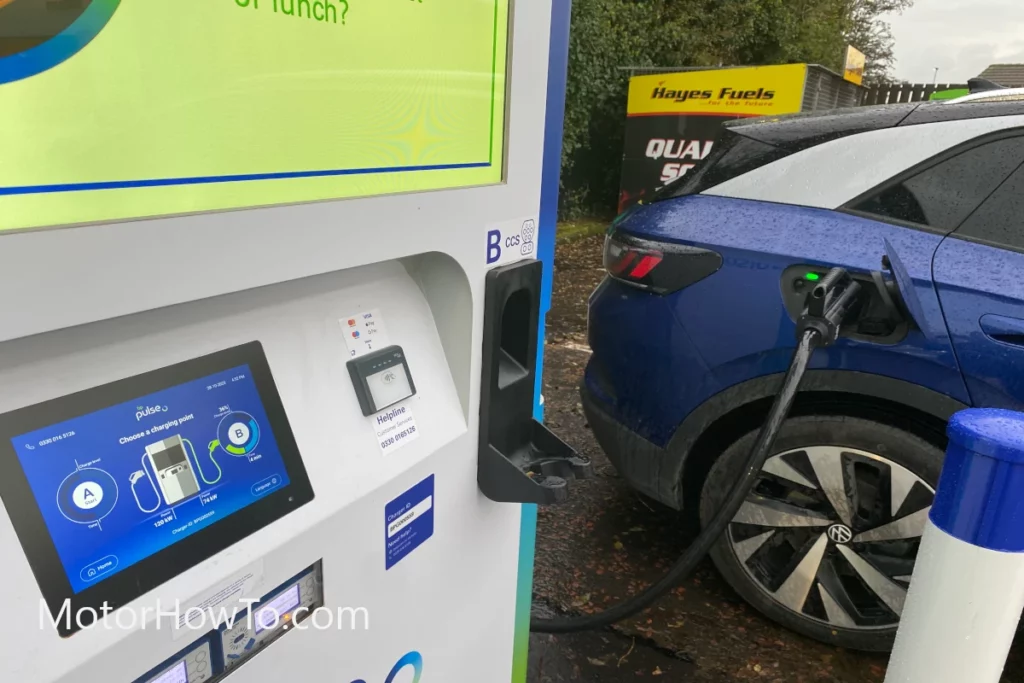As winter’s chill tightens, drivers often wonder how their electric vehicles (EVs), especially electric models, fare in the cold.
The Volkswagen (VW) ID range, a modern electric vehicle technology herald, is no exception.
This article delves into the performance of the VW ID during the colder months, examining its efficiency and range in low temperatures.
In cold weather, the VW ID’s efficiency and range decrease due to battery performance reduction and excessive use of cabin heating. However, it features thermal management systems for battery to mitigate impact, ensuring relatively consistent performance and range in colder climates.

We explore the challenges of cold weather for electric vehicles and how the VW ID navigates these conditions, providing insights for those considering an electric vehicle in colder climates.
Related:
- Navigating Common Issues in VW ID Vehicles (Troubleshooting Tips)
- Maximizing Battery Life in Your VW ID (Maintenance and Care Tips)
- Home Charging Solutions for VW ID Series (How-To Guide)
Understanding Battery Behavior in Cold Temperatures
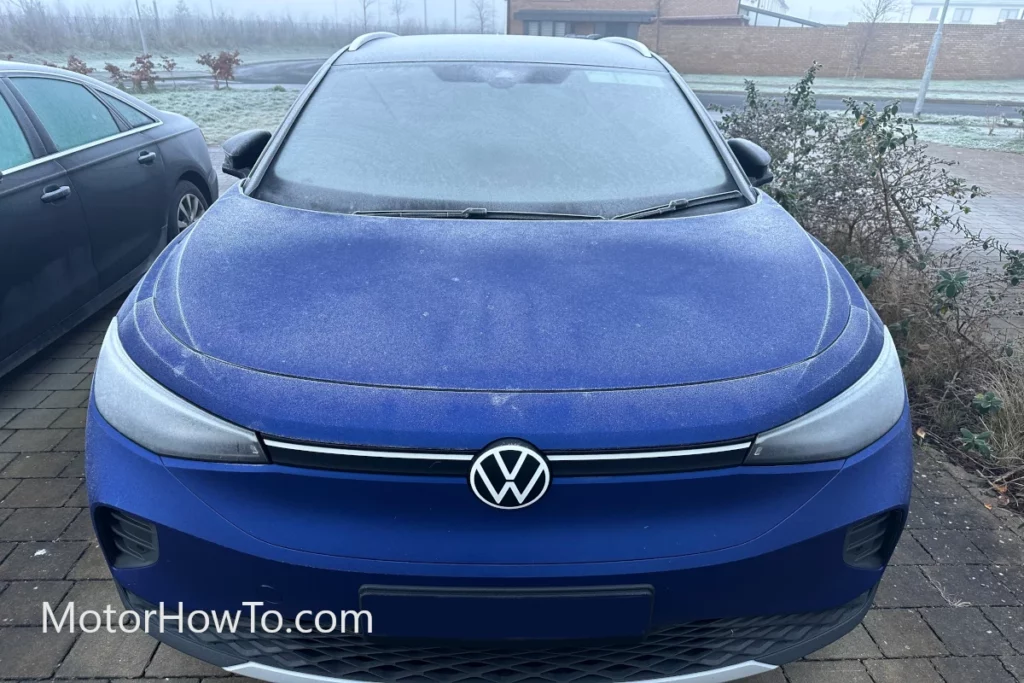
Electric vehicle (EV) batteries, like those in the Volkswagen ID, face unique challenges in cold weather.
The core issue lies in the battery’s chemistry. Batteries operate through chemical reactions, which are less efficient in lower temperatures.
In the cold, the electrolyte fluid within the battery thickens, which slows down these reactions.
This decreases the battery’s ability to hold and release energy, resulting in reduced range and longer charging times.
Increased Internal Resistance and Efficiency Loss
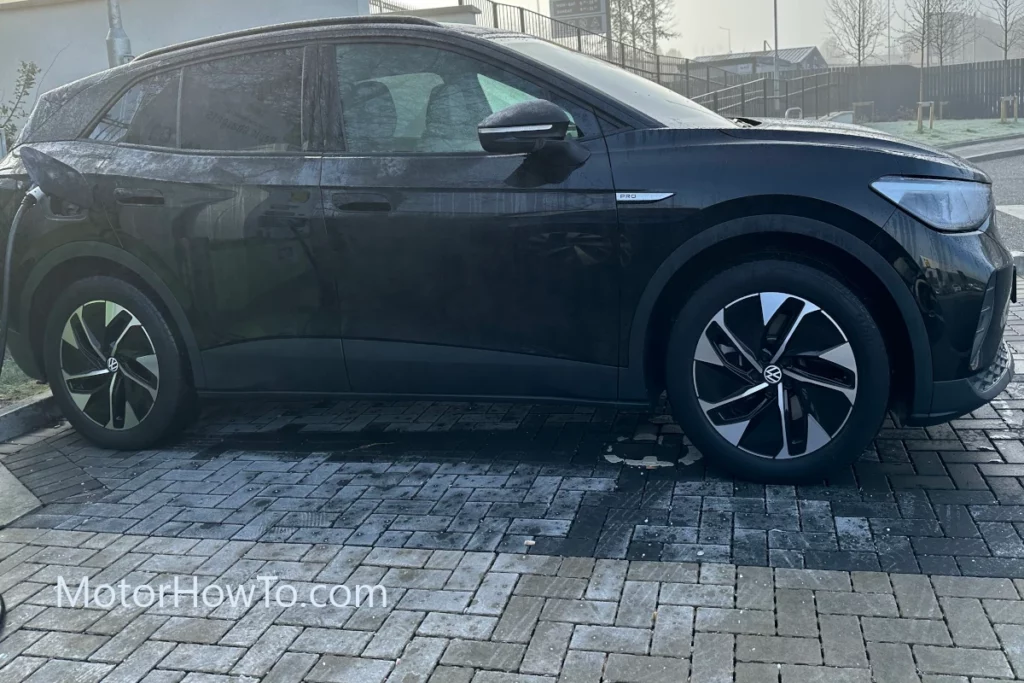
Cold temperatures increase the internal resistance within the battery.
This resistance is a natural barrier to the flow of electrical current.
When it’s higher, the battery must work harder to provide the same amount of power, leading to reduced efficiency.
This is particularly noticeable during acceleration and climbing hills, where more power is required.
The Issue of Cold-Soaking
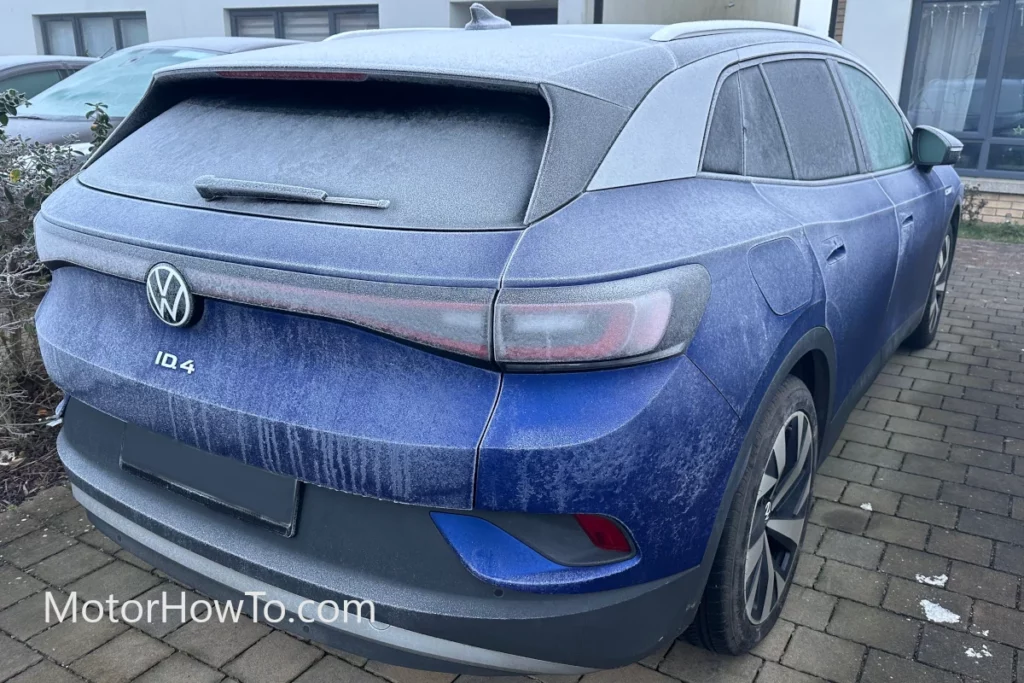
Another significant challenge is ‘cold-soaking’. This occurs when an EV, like the VW ID, is parked in cold conditions for an extended period.
The battery temperature drops to match the surrounding environment, severely impacting its performance.
Starting a journey with a cold-soaked battery can dramatically reduce the available range and increase energy consumption as the system works to heat the battery to an optimal operating temperature.
Volkswagen ID’s Cold Weather Adaptations
The Volkswagen ID series comes equipped with features to mitigate these cold-weather impacts.
These include advanced thermal management systems, which help maintain the battery at an optimal temperature. Insulation techniques and battery heating systems also play a crucial role, ensuring that even in cold temperatures, the battery operates efficiently.
Additionally, software optimizations in the VW ID allow for better energy management, adapting to the reduced efficiency caused by cold weather.
Understanding these aspects is crucial for potential EV owners, especially those in colder climates. It affects daily usage and plays a significant role in long-term battery health and vehicle maintenance.
Thermal Management Systems in the VW ID
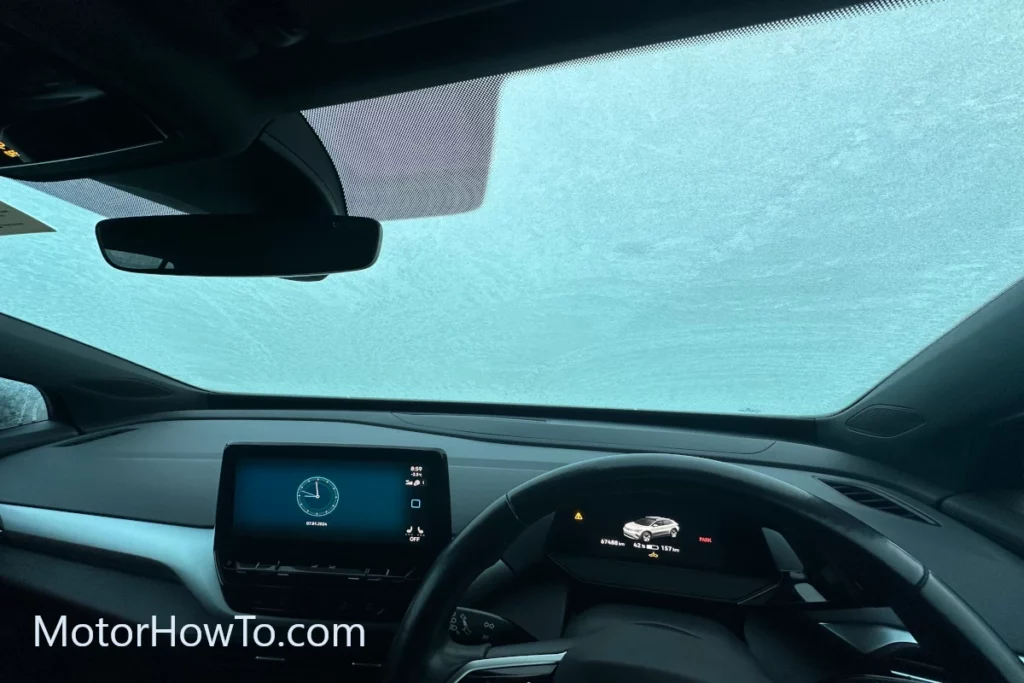
The Volkswagen ID series incorporates sophisticated thermal management systems to ensure optimal battery performance, especially in extreme temperatures.
This system plays a crucial role in mitigating the adverse effects of cold weather on the battery’s efficiency and range.
How the System Works
A liquid cooling and heating system is at the heart of the VW ID’s thermal management.
This system regulates the battery pack’s temperature, maintaining it within an ideal range for optimal performance.
In cold weather, the system activates its heating function to warm the battery, preventing the electrolyte fluid from thickening and ensuring efficient chemical reactions within the battery cells.
Benefits Of Cold Weather
In colder climates, the ability of the thermal management system to heat the battery quickly and efficiently is invaluable.
By maintaining the battery at a steady, optimal temperature, the system helps preserve the battery’s range and reduces the need for frequent recharging.
This also facilitates faster charging times, as a well-maintained battery temperature allows for more efficient energy absorption.
Energy Efficiency and Consumption
While the thermal management system consumes energy, its overall effect enhances the vehicle’s energy efficiency in cold weather.
By preventing the battery from becoming too cold, the system reduces the energy loss associated with increased internal resistance and inefficient chemical reactions.
The VW ID’s software algorithms also manage this system, ensuring that the energy used for heating the battery is optimized for both efficiency and range preservation.
Long-Term Battery Health
Another significant advantage of an effective thermal management system is the positive impact on long-term battery health.
By avoiding extreme temperatures, the system helps reduce the wear and tear on the battery, thereby prolonging its lifespan and maintaining its capacity over time.
The thermal management systems in the Volkswagen ID are a critical component in ensuring that the vehicle performs reliably and efficiently in cold weather, safeguarding both immediate performance and long-term battery health.
Comparing Range and Efficiency: Summer vs. Winter
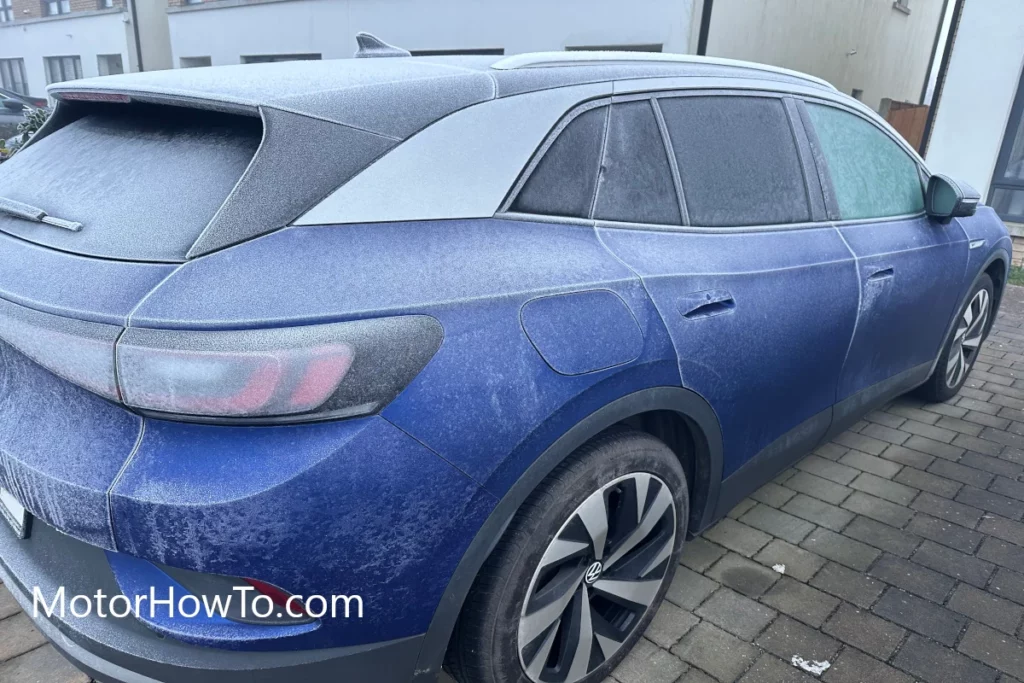
The performance of electric vehicles (EVs) like the Volkswagen ID varies significantly between summer and winter, primarily due to the impact of temperature on battery efficiency and range.
Understanding these differences is crucial for EV owners, particularly in regions with extreme seasonal variations.
Range: Summer vs. Winter
- Summer: In warmer months, EV batteries, including those in the VW ID, operate optimally. The warmer temperatures facilitate the battery chemistry, allowing for maximum range. The VW ID can achieve its peak advertised range more consistently in summer.
- Winter: Cold weather impacts the chemical processes within the battery, leading to reduced efficiency. Consequently, the range of the VW ID can decrease significantly in winter. Factors such as the need to heat the cabin and the battery further drain the battery, compounding the range reduction.
Charging Times
- Summer: Batteries charge more efficiently in warm conditions. Thus, the VW ID will typically charge faster during summer, making it more convenient for longer trips or quick top-ups.
- Winter: Cold temperatures slow the charging process, as the battery requires more time to reach an optimal charging temperature. This means longer wait times at charging stations in winter.
Energy Consumption
- Summer: The energy consumption in the VW ID is more efficient in summer. Air conditioning systems use power, but their impact on the overall range is less significant compared to heating systems in winter.
- Winter: The energy requirement for heating the cabin and the battery in the VW ID increases overall consumption. This higher energy use and reduced battery efficiency result in more frequent charging stops.
Cabin Comfort
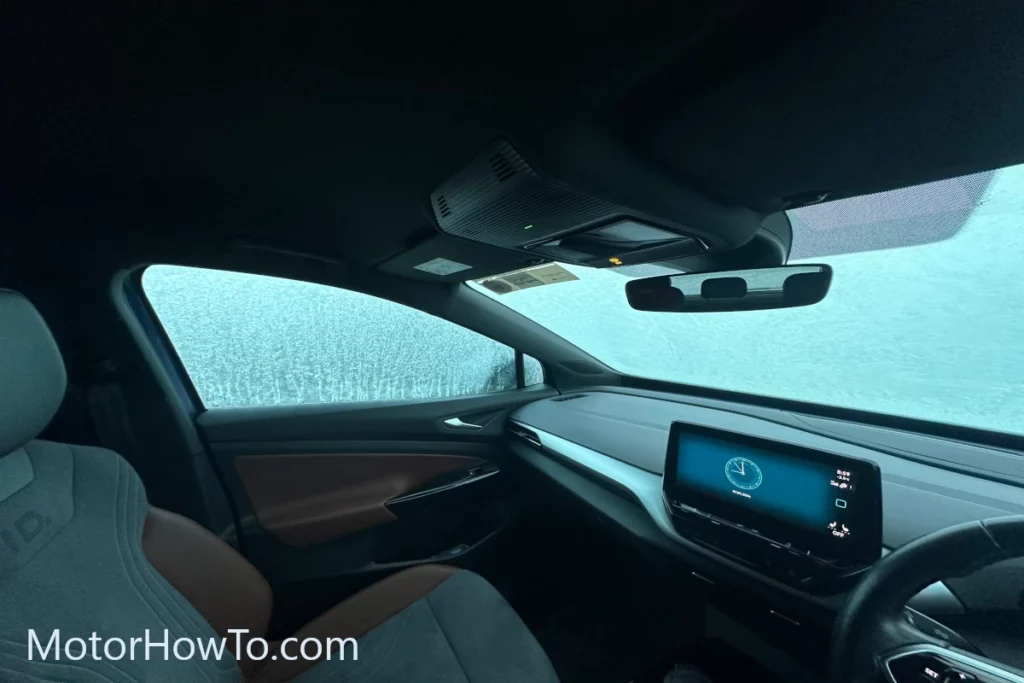
- Summer: Maintaining a comfortable cabin temperature consumes less energy, as cooling systems are generally more energy-efficient than heating systems.
- Winter: Heating the cabin in winter requires significant energy, which can affect the vehicle’s range. However, modern EVs like the VW ID are equipped with pre-conditioning features, allowing users to warm the car while it’s still plugged in, preserving battery life for the road.
Maintenance and Longevity
- Summer: High temperatures can potentially stress EV batteries over time, but the VW ID’s cooling system helps mitigate this.
- Winter: Frequent and prolonged exposure to cold temperatures can reduce battery life. However, the VW ID’s thermal management system is designed to minimize this impact.
While the VW ID performs admirably in both summer and winter, the differences in range, efficiency, and charging times are notable. Understanding these seasonal impacts allows for better planning and a more enjoyable EV driving experience.
Tips for Optimizing VW ID Performance in Cold Weather
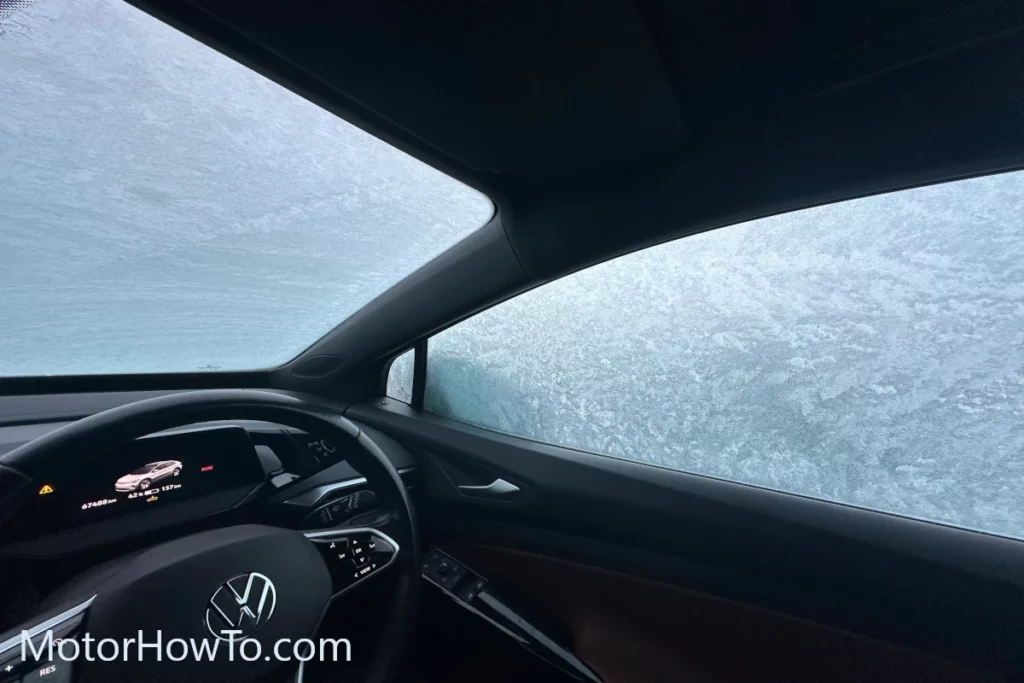
As the mercury dips, driving an electric vehicle like the Volkswagen ID in cold weather presents unique challenges. The decrease in temperature can significantly impact the battery’s performance, affecting the vehicle’s range and efficiency.
However, with a few strategic practices, drivers can optimize their VW ID for cold weather conditions, ensuring a smoother, more efficient driving experience.
These tips help maintain battery health and enhance overall vehicle performance during colder months.
- Precondition the Battery: Use the VW ID’s feature to precondition the battery while the car is still plugged in. Warming up the battery before you start your journey can improve range and efficiency.
- Limit High Energy Consumption: Minimize using high energy-consuming features like cabin heating. Instead, opt for heated seats and steering wheel, if available, as they consume less power.
- Maintain Optimal Tire Pressure: Cold weather can decrease tire pressure, leading to higher rolling resistance. Regularly check and maintain the correct tire pressure to improve efficiency.
- Use Eco-Driving Modes: Utilize the VW ID’s eco-driving modes to optimize battery use and maximize range.
- Regular Charging: Keep the battery charged regularly, as a fuller battery will operate more efficiently in cold weather than one that is nearly depleted.
- Plan Your Route: Plan your route to include charging stations, especially for longer trips, as cold weather may reduce range more than expected.
These practices can significantly enhance your VW ID’s performance in cold weather.
While it’s inevitable that the range and efficiency will be somewhat affected by low temperatures, these strategies help minimize the impact.
By understanding and adapting to the challenges of cold weather, drivers can enjoy a reliable and efficient driving experience in their VW ID, even during the chilliest months.
Sources
Charging at low temperatures: get the most out of charging
VW ID.4 gives drivers what they need – heat pump, power, range in winter – without paying extra



